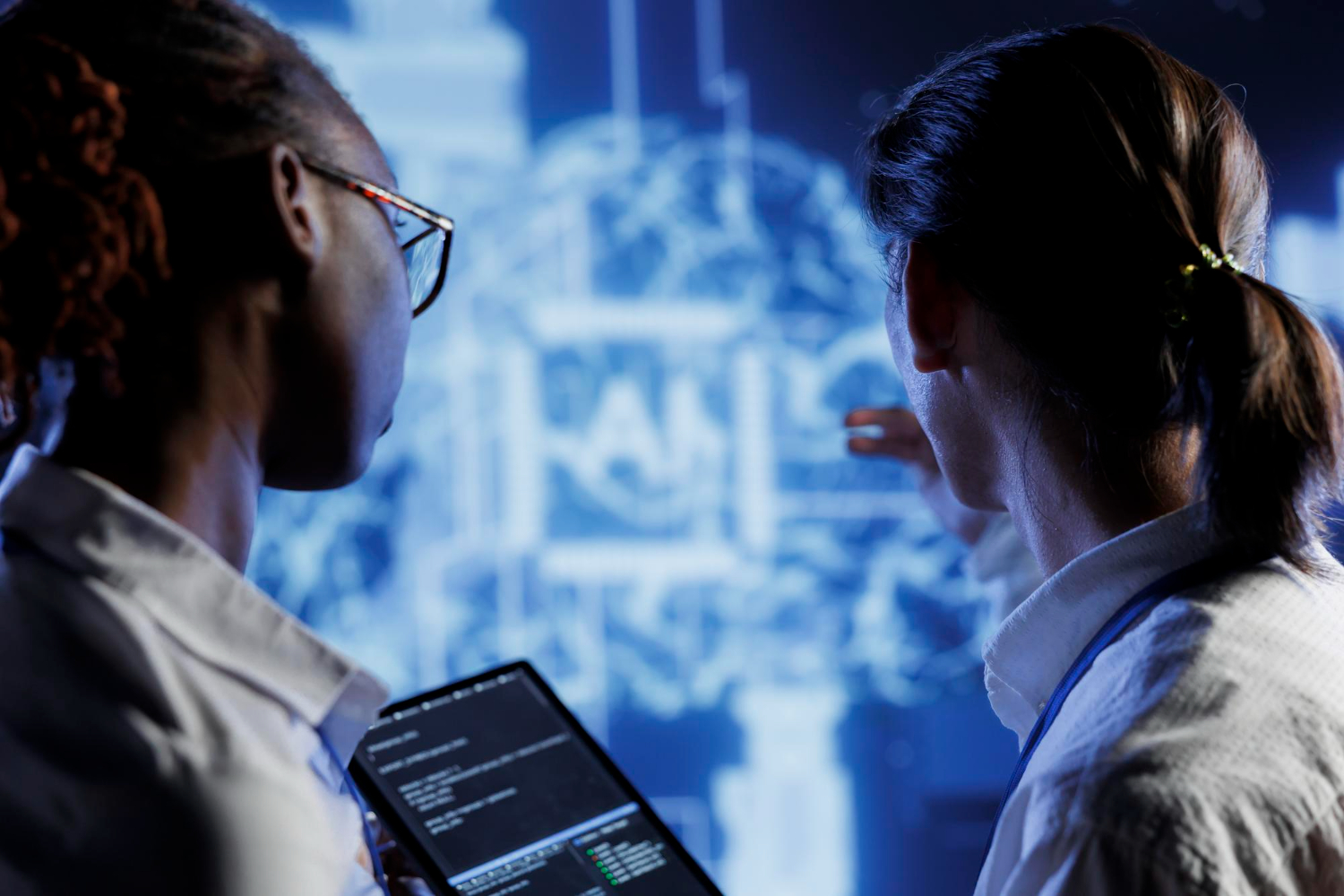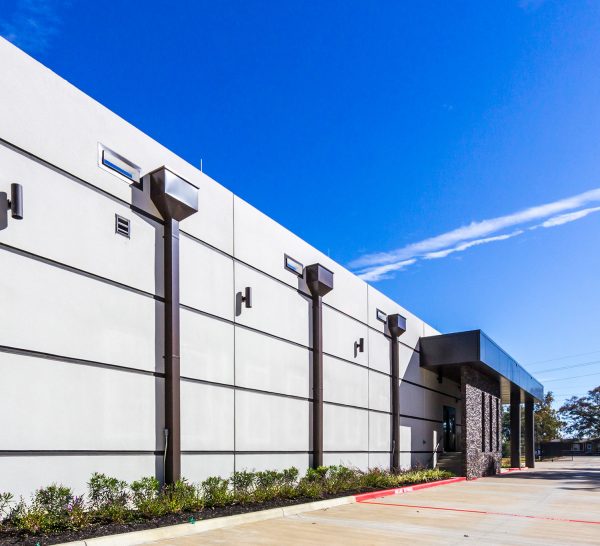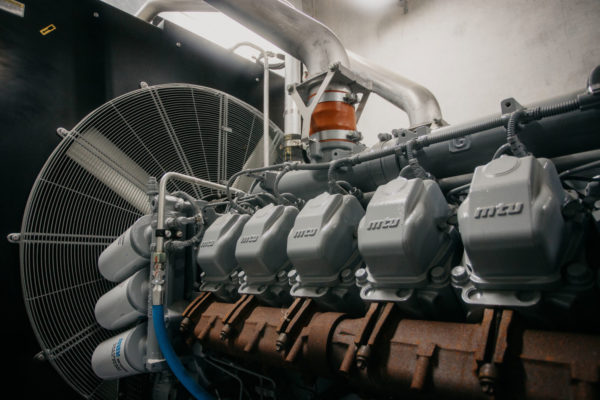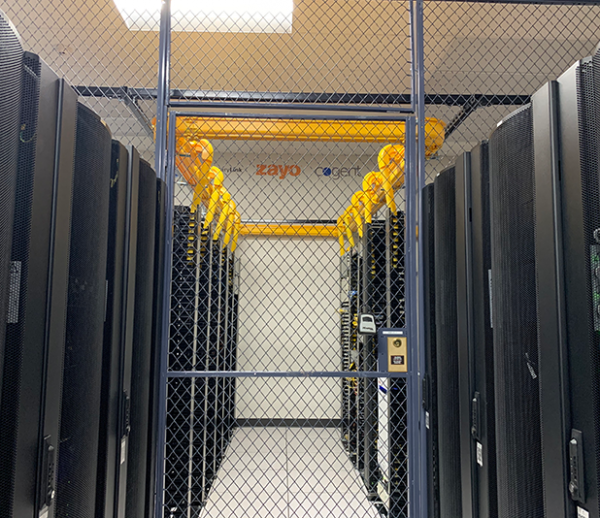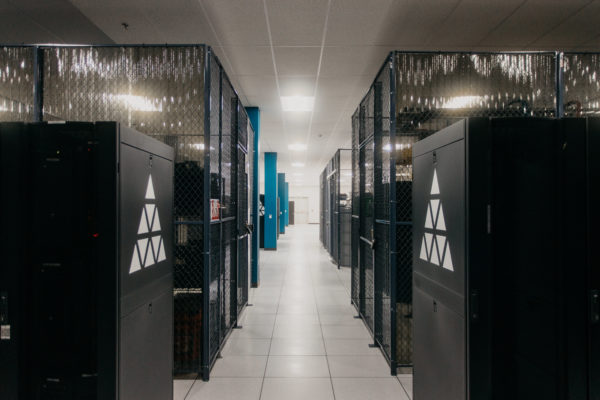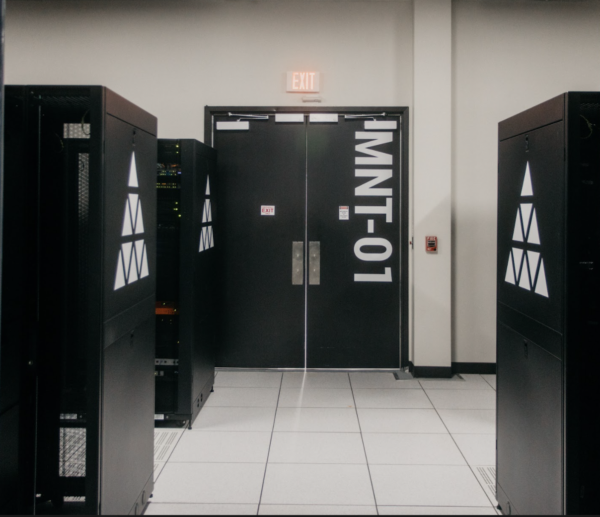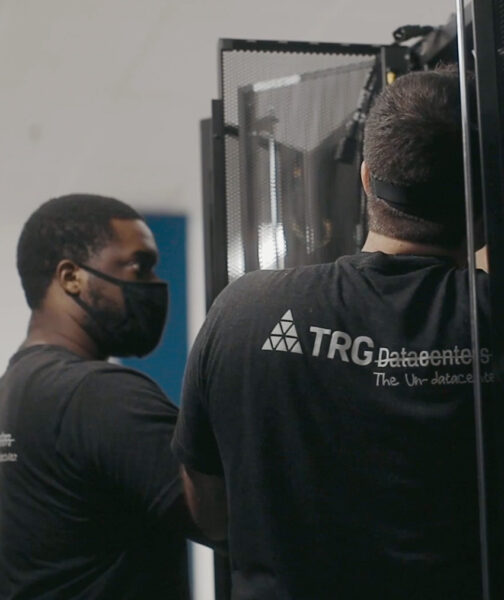Artificial Intelligence (AI) has evolved from a futuristic concept to an integral part of our daily lives. From voice-activated digital assistants to self-driving cars, AI technology constantly shapes new industries and enhances existing ones.
However, these systems are very complex, especially regarding the processes that power AI models.
Two terms often pop up in discussions about AI development are “inference” and “training.” While both are essential stages in building and deploying AI applications, they serve different purposes and require different considerations.
In this post, we’ll explore AI inference, how it differs from AI training, why both are necessary and how they compare in terms of computing requirements.
We’ll also explore some real-world use cases highlighting the importance of effective AI inferencing.
What is AI Inference?
AI inference is the stage at which a trained model is put into production to “infer” or predict outcomes based on new, previously unseen data. Think of it as the model’s day job, applying what it learned during training to real-world use.
For instance, if you have a model that can detect spam emails, the inference step is when the system receives a new email and decides whether it’s spam or not based on its learned patterns.
Here’s what typically happens during inference:
- Input Data: The system receives new data, such as an image, text, or audio clip.
- Model Processing: The data passes through the already-trained model, which calculates outputs (predictions or classifications).
- Outcome: The system provides the result, such as labeling an email “spam” or “not spam” or identifying a pedestrian in a camera feed for a self-driving car.
Because inference occurs in real time or near real time for many applications, it often needs to be optimized for speed and efficiency.
A model might be extremely large or complex in the training stage, but it becomes impractical for real-world use if it takes too long to run inference in production.
Therefore, specialized hardware or compression techniques (like pruning or quantization) are sometimes employed to make inference faster and more resource-friendly.
AI Inference vs Training
It’s easy to assume training and inference are basically the same processes, given that they use the same AI model. However, there are critical differences:
Purpose
- Training is about teaching a model using historical data so it can recognize patterns or learn tasks.
- Inference is about using that trained model to make predictions on new data in a production environment.
Data Flow
- Training typically processes massive amounts of labeled data, often multiple passes through the dataset (epochs).
- Inference processes new, unlabeled data one sample at a time (or in small batches) to provide outputs.
Computation
- Training is computationally heavy. Neural network training involves iterative optimization techniques like backpropagation.
- Inference is often lighter in computation because it’s a forward pass through the network without the backpropagation step. Still, it can be significant depending on the complexity of the model.
Time Sensitivity
- Training can be done offline. Depending on the dataset size and hardware, it might take hours, days, or even weeks.
- Inference usually happens in real-time or near real-time, requiring lower latency.
Hardware Requirements
- Training commonly leverages specialized hardware accelerators (like GPUs or TPUs) to handle large-scale matrix operations.
- Depending on the application’s speed and power constraints, inference can be performed on GPUs, CPUs, FPGAs, or specialized edge devices.
Understanding these differences is essential for making architectural decisions about your AI system, particularly regarding deployment strategies and resource allocation.
What Are Some Use Cases for AI Inference?
AI inference is at the heart of most end-user AI applications. Below are a few real-world scenarios that highlight why inference is so crucial and why it needs to be optimized:
Real-Time Recommendation Engines
Online retailers (like Amazon) or streaming services (like Netflix) rely on AI-powered recommendation engines.
Every time you open the app or website, the AI model infers what you might be interested in based on your user profile and past behavior.
Natural Language Processing (NLP) for Chatbots
Virtual assistants like Alexa, Siri, or Google Assistant must respond quickly to user queries. The inference step occurs when you say, “Hey Siri, play my favorite song,” and the model interprets your request in real-time.
Computer Vision for Autonomous Vehicles
Self-driving cars rely on near-instantaneous inference to identify objects, read road signs, and navigate safely. Even a millisecond delay can have serious implications on the road.
Fraud Detection
Financial institutions use real-time inference to spot unusual transaction patterns. When you swipe your credit card, the AI model makes a fast inference about whether the transaction looks suspicious.
Healthcare Diagnostics
AI-driven diagnostics tools can assist doctors in healthcare by analyzing medical images (like X-rays) in near real-time. Inference must be accurate and timely to be useful in a clinical setting.
In each use case, speed, reliability, and scalability are paramount. That’s why there’s so much focus on making inferences as efficient as possible.
How Does AI Training Work?
AI training is the process of teaching an AI model how to perform a task by exposing it to large amounts of data.
Most modern AI models use techniques from machine learning (like deep learning) that involve many layers of interconnected “neurons” (in neural networks) or specialized architectures (like Transformers in NLP).
Here’s a simplified look at how training unfolds:
Prepare the Data
- Curate a dataset. For supervised learning, each data sample is associated with a label (e.g., “cat” or “dog” for an image).
- Split the dataset into training, validation, and test sets.
Initialize the Model
- Start with a neural network architecture. The model’s parameters (weights and biases) are usually randomly initialized.
Forward Pass
- Input data flows through the network, and the model provides a predicted output. Initially, these predictions are usually incorrect because the weights are random.
Error Calculation (Loss Function)
- Compare the model’s prediction to the ground truth label to see how wrong (or right) the prediction was. A loss function measures this difference.
Backpropagation and Weight Updates
- The error is used to adjust the model’s parameters through an optimization algorithm (commonly Stochastic Gradient Descent or variants like Adam). The goal is to minimize the loss function.
- This update step is repeated multiple times, cycling through the training data (epochs) until the model’s performance stabilizes or meets a predefined accuracy threshold.
Validation and Testing
- Throughout training, you check the model’s performance on validation data to detect overfitting or underfitting. After training, you test the final model on a separate test set to estimate its real-world performance.
Training can be resource-intensive. Models can contain millions or even billions of parameters, and training them can take massive computational power (especially if the dataset is enormous).
That’s why high-performance hardware accelerators like GPUs or TPUs (Tensor Processing Units) are almost always used for training large-scale models.
How Does AI Compute Power Usage Compare for Inference vs Training?
If you’ve heard about organizations spending millions of dollars on AI research, much of that cost is directly tied to training. Training a large deep-learning model requires intensive computing resources, often GPU clusters or specialized hardware, for weeks or even months.
As the size of these models increases (for example, large language models with hundreds of billions of parameters), the training cost also skyrockets.
Once a model is trained, inference generally requires fewer resources in a single pass, at least on a per-inference basis. However, the total compute usage for inference can also become extremely large if you serve millions or billions of real-time requests.
Thus, the cost dynamics can shift depending on the volume of inferences:
- Training: High upfront cost, periodic re-training.
- Inference: Lower cost per instance, but can become huge at scale if you have large user bases or strict latency demands.
In some cases, companies use specialized hardware (like cloud-based GPU instances or edge-based inference accelerators) to balance cost and performance.
Techniques like model compression, pruning, or distillation can also reduce the model size and, thus, lower inference costs.
Additional Considerations: Optimization and Deployment Environments
While the distinction between training and inference is crucial, there are other nuances to consider:
Model Optimization
After training, data scientists and engineers often employ optimization techniques such as quantization (reducing model precision, e.g., from FP32 to INT8) or pruning (removing redundant connections).
These optimizations can drastically reduce the computational load and memory footprint during inference without severely impacting model accuracy.
Deployment Environment
- Cloud: Companies might deploy inference services in the cloud, leveraging powerful GPUs or TPUs. This setup is great for high-volume applications but can be expensive and reliant on internet connectivity.
- Edge: In edge computing scenarios (think IoT devices, smartphones, or autonomous drones), the model must run locally. This approach reduces latency and may offer privacy benefits. However, memory and compute resources can be limited, so the model often needs additional optimization.
Latency vs Throughput
Some applications require extremely low latency (autonomous vehicles, real-time financial trading). Others might be more concerned with throughput, processing huge batches of data at once.
The training–inference balance might differ in these contexts, emphasizing different types of hardware and software stack optimizations.
Retraining and Continuous Learning
Many AI systems need periodic retraining to adapt to new data or changing conditions. This means training is not a one-time event but a cyclical process.
Efficiently managing retraining schedules is vital for maintaining model accuracy over time.
Learn More About AI Inferencing and Training
Understanding the differences between AI training and inference helps you make informed decisions, from model architecture and hardware choices to budget allocation and deployment strategies.
Whether you’re building a chatbot or deploying a sophisticated autonomous system, balancing these two phases effectively is key to creating a cost-efficient and high-performing AI solution.
If you want to learn more about AI inferencing or training, contact us for more information.
Looking for GPU colocation?
Deploy reliable, high-density racks quickly & remotely in our data center
Lease the most reliable GPUs
Our partners have B200s and L40s in stock, ready for you to lease today
